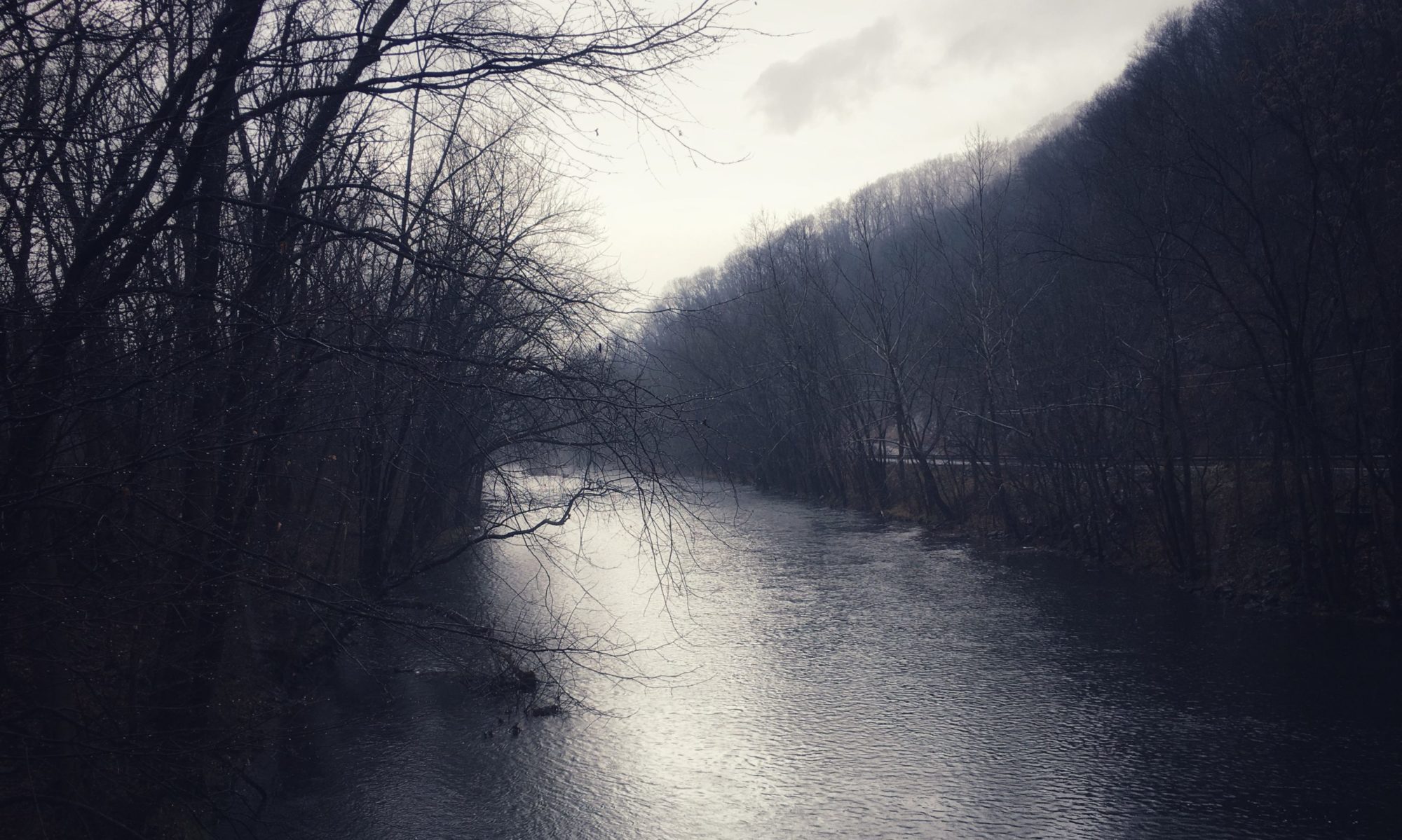(Lord’s day). By water to White Hall, to Sir G. Carteret, to give him an account of the backwardness of the ships we have hired to Portugall.
At which he is much troubled. Thence to the Chappell, and there, though crowded, heard a very honest sermon before the King by a Canon of Christ Church, upon these words, “Having a form of godliness, but denying,” &c. Among other things, did much insist upon the sin of adultery: which methought might touch the King, and the more because he forced it into his sermon, methinks, besides his text.
So up and saw the King at dinner; and thence with Sir G. Carteret to his lodgings to dinner, with him and his lady, where I saluted her, and was well received as a stranger by her; she seems a good lady, and all their discourse, which was very much, was upon their sufferings and services for the King. Yet not without some trouble, to see that some that had been much bound to them, do now neglect them; and others again most civil that have received least from them.
And I do believe that he hath been a good servant to the King.
Thence to walk in the Park, where the King and Duke did walk round the Park. After I was tired I went and took boat to Milford stairs, and so to Graye’s Inn walks, the first time I have been there this year, and it is very pleasant and full of good company. When tired I walked to the Wardrobe, and there staid a little with my Lady, and so by water from Paul’s Wharf (where my boat staid for me), home and supped with my wife with Sir W. Pen, and so home and to bed.
give ungodliness a thought
touch the king in his text
salute a stranger
upon their suffering
see some that have received
least and believe
walk where the tired and gray walk
go with a boat for a bed
Erasure poem derived from The Diary of Samuel Pepys, Sunday 6 April 1662.




